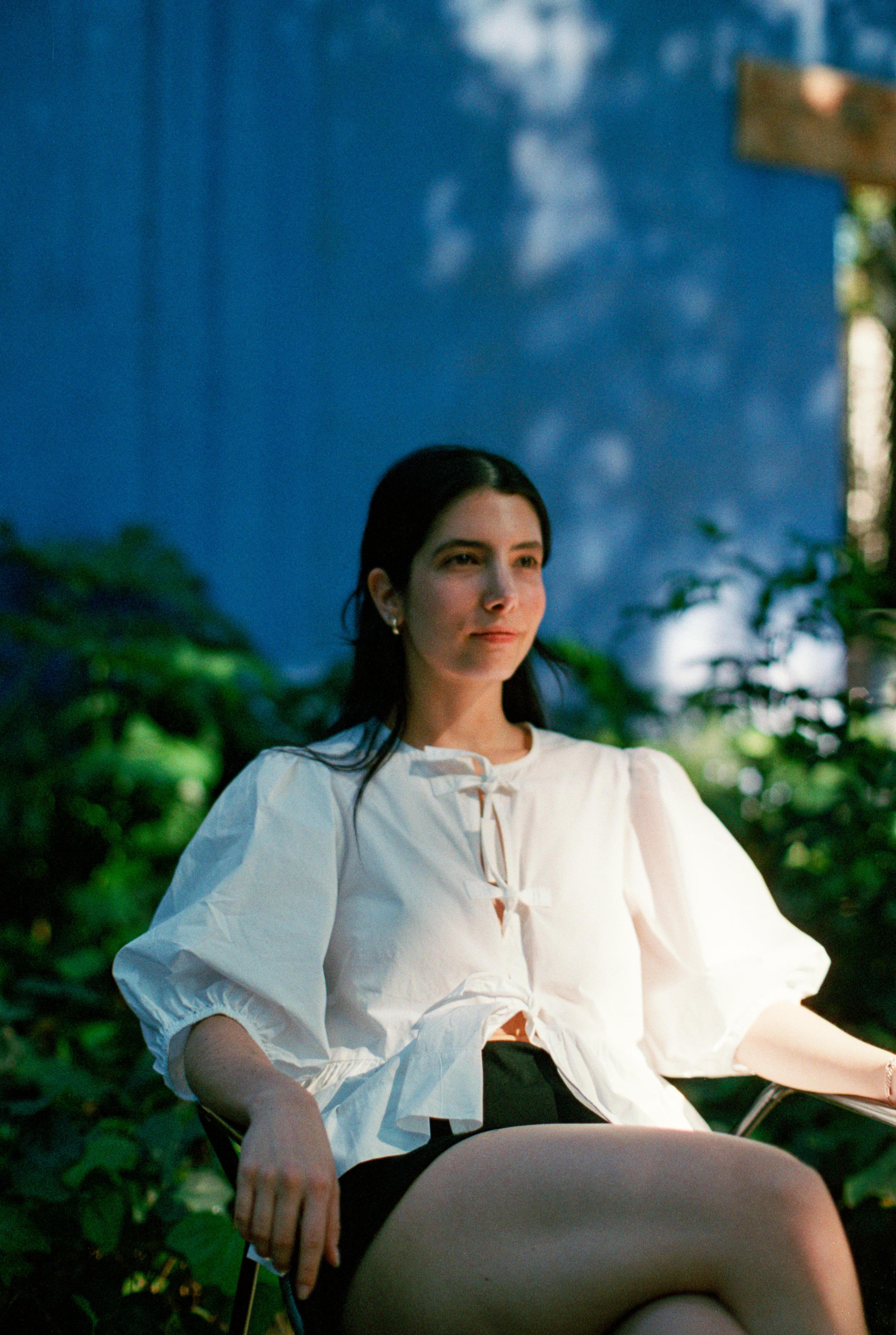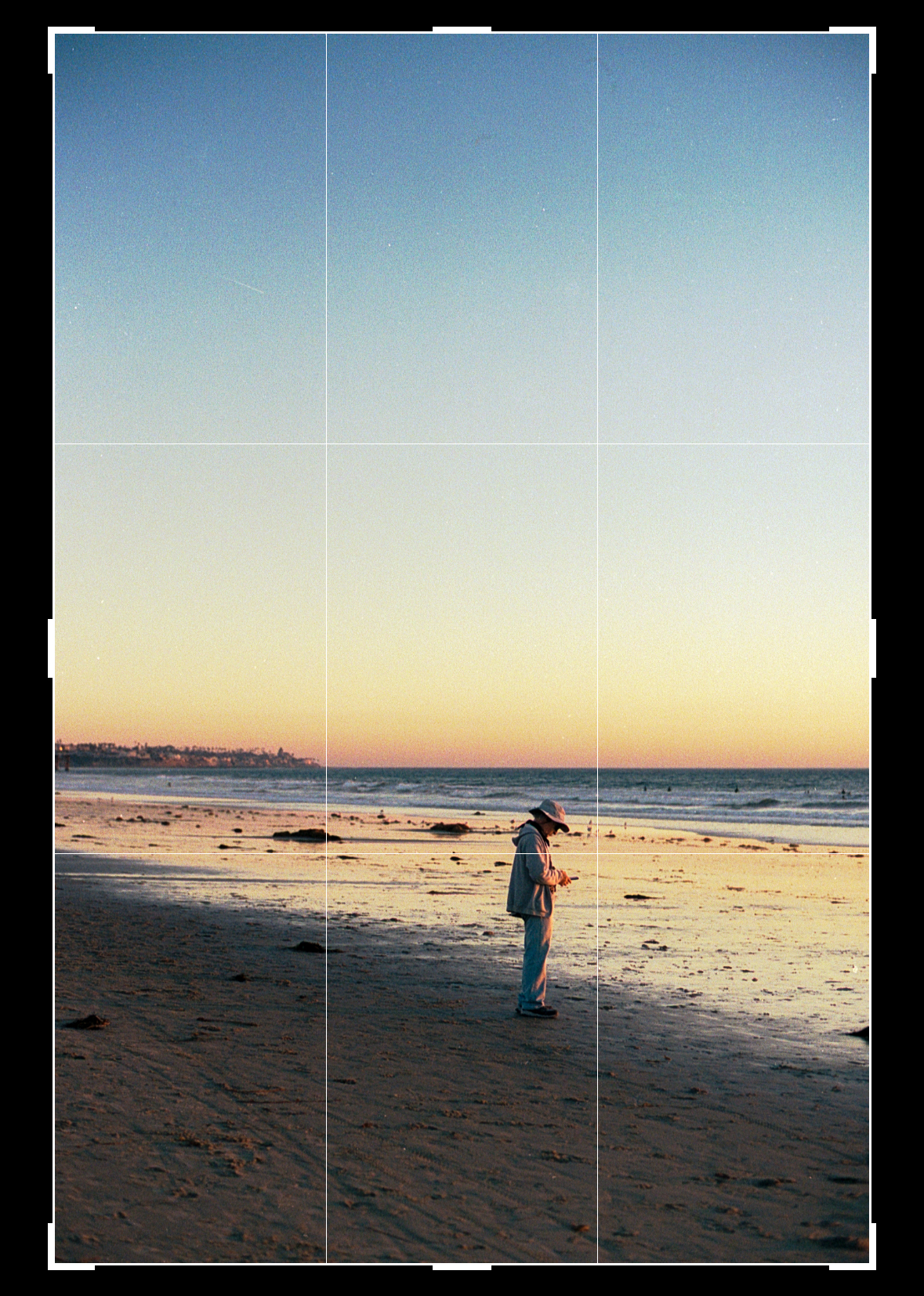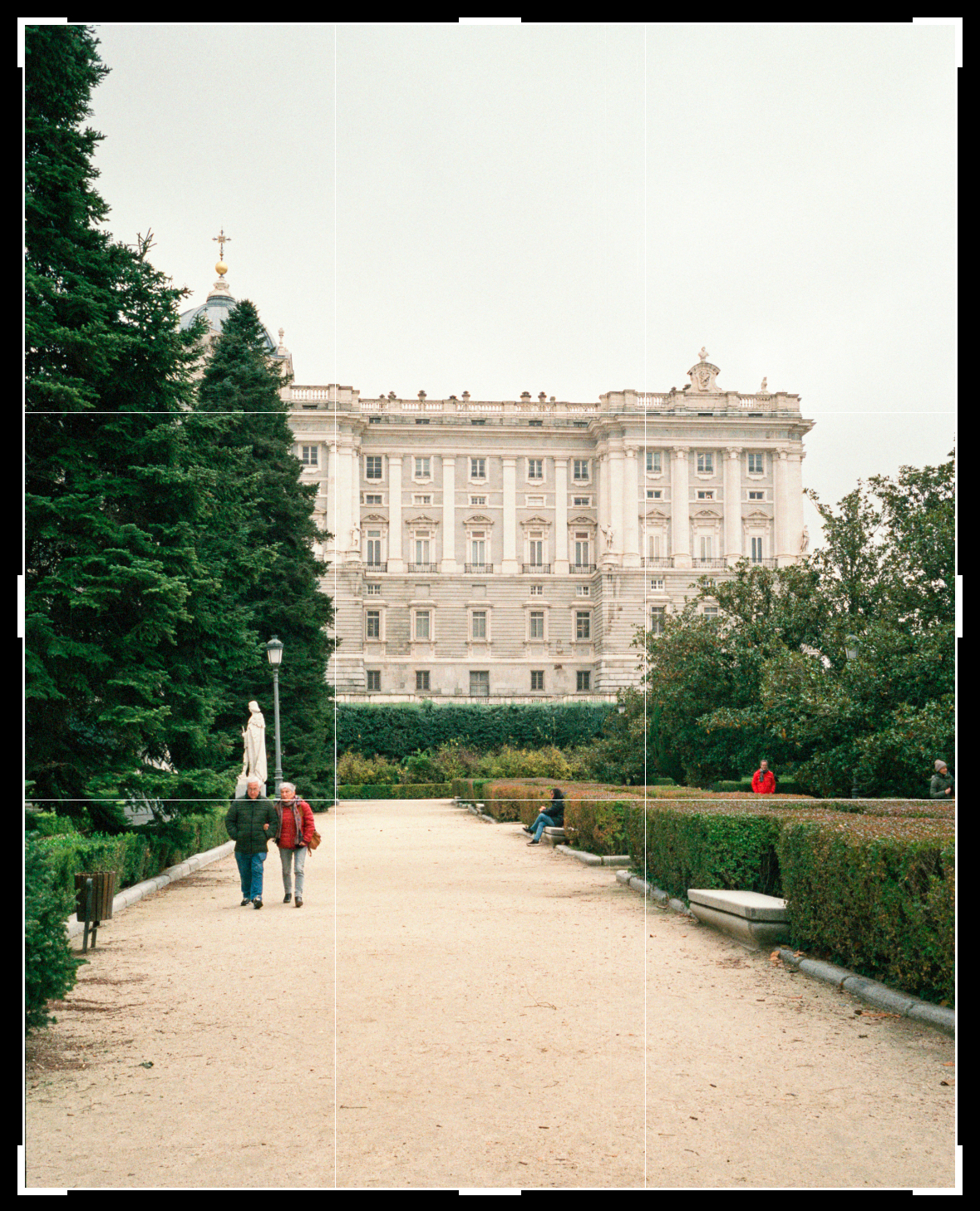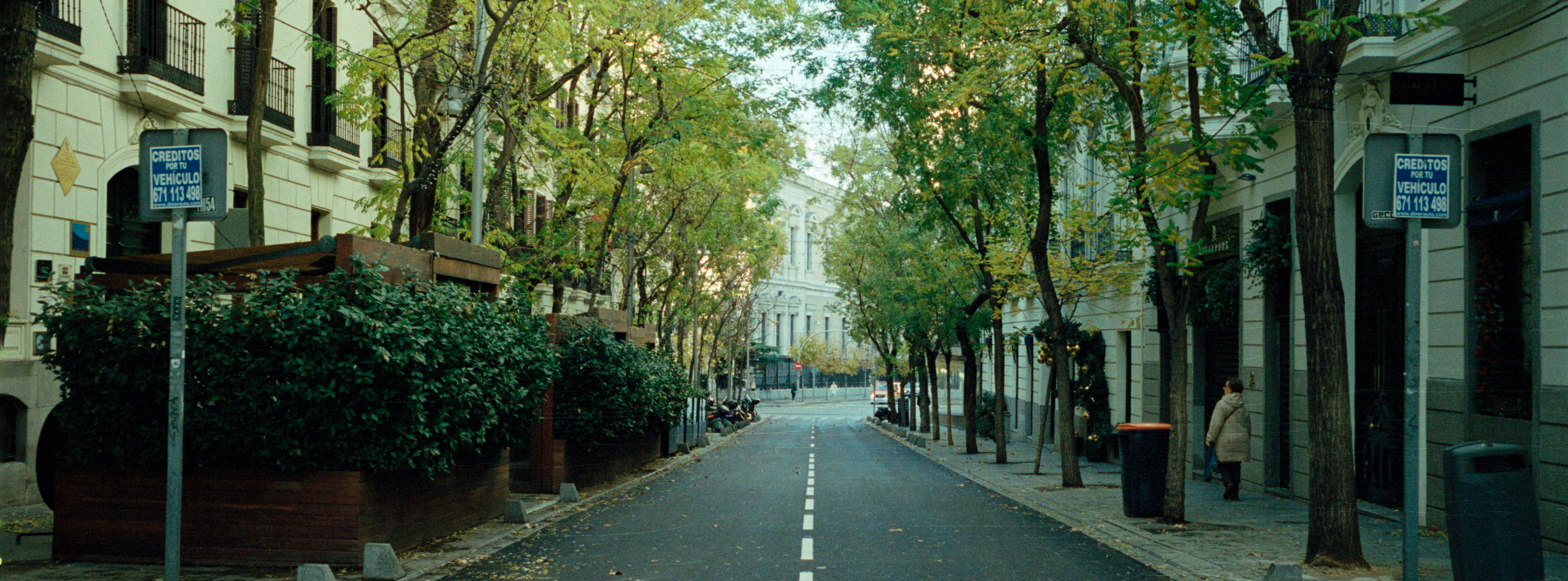how my mind takes a picture
hey guys - thanks for reading, subscribing, and giving me continuous feedback. sorry I’ve been mia - life has been busy, but we’re back! on my memegram i did a small poll - what did you want to see next? this one will be my philosophy of photography. everyone has a way of taking pictures, I’ll try to explain mine, along with some basic photography concepts that I use to customize my shots. let’s get into it!
what photography is to me
you have 86,400 seconds in a day, and sometimes, you spend tens of thousands of seconds with your family, with your friends, visiting places that you saved so much money so you can go, and then see something beautiful, so you take a quick picture, so you can show people later on, only for it to be blurry, mid, and so on. Or you’re in NYC, walking, and a family who wants a core memory saved forever asks someone for a picture, only for that someone to give them a mid picture. que pena… it’s always funny when a family asks me for a picture when I’m with someone that knows I like photography. Gibster will usually be the one to tell them: “you asked the right person!”
I got into photography with this thought: Shouldn’t I want to capture these pictures with the true beauty of the moment? It really hit me when I watched Blade Runner and at the end, the android says: “I’ve seen things you people wouldn’t believe… all these moments, lost in time, like tears in rain…”
and it’s true. wouldn’t you want to capture these moments? 86,400 seconds in a day, only for me to have 10 different pictures, each capturing only 1/250th of a second. there’s something beautiful about that, and that’s why I like photography (and now videography). Maybe the world is too focused on capturing stuff - taking hundreds of pictures in a day is absurd, but taking a small, meaningful quantity makes sense to me. there are special moments in life that should be captured and evoke a feeling that you can’t really write about - at least I can’t.
capturing that moment leads into why I don’t like posing for pictures much. I see something cool, I want to capture it then and there - that’s it. it’s also meaningful - for a lot of the shots I take, I have some sort of “live action” pre and post shot memory - I can remember what I was doing and how that moment felt more than anything else. if you take a posing picture, you’ll just remember asking everyone to smile, which is great, but also not really the same vibe… but anyways, let’s look at the first picture:

this picture was in the Frida Kahlo museum in Mexico City - all I remember is a deep shade of blue from the walls, greenery from the plants scattered around, and how much Pao looked like Bella Baxter in that moment. I loved it - and luckily I was able to capture it.
photography is a game of following certain rules of thumb and then having fun with it. I’ll try to explain them below.
Color - and why it’s not truly about color
so, sometimes, you see a sunset, and you think, dang, that’s a beautiful shade of gold / orange / blue / red / purple! and have you ever thought that usually it isn’t one color? and it’s not necessarily that blue, or the gold that is cool… it’s the combination of colors that really takes your breath away?
that combination of colors, or really, showing off the stark differences between colors, is the most important thing. that’s Contrast in photography terms. How much the light colors differ versus the dark - how strong is the bright parts of the picture versus how strong is the dark part. Really, trying to find contrasty images is the move. Notice Pao’s picture - solid blocks of white, blue, green and black overtake the image. these colors complement each other and are nice to look at when they’re combined. Did I know that when I took the shot? no, not really. I just saw the dark blue and lush green from the plants, saw Pao sitting down, and I told her to just wait a second so I can take a nice picture. The camera actually gave me the colors, but I saw the vision for a brief moment and hoped that I didn’t mess it up.
let’s discuss framing - which is honestly, the most important thing.
first rule of thumb - framing!
framing - arranging your viewpoint so you can make the viewer see what you see - is in my opinion the most important aspect. sure, you learn this overnight, but as I said in my last post, I think it’s just a matter of learning, and I think you can learn pretty much anything. that’s all I do - I take inspiration from others and apply it to what I see.
Onto the first rule - to anchor you on these ideas, check out this picture I took below -

and then this one:

if you notice, there are lines on the image separating the imagine into nine sections, and the main “subjects” of the images are close to those thirds. you should start to play with having the subject take up 1/3 of the shot, or 2/3 even in Pao’s picture (but notice there’s close to 1/3 of the shot on her sides). Notice how the sky is almost 2/3 of the shot? the person is almost on that bottom right corner? the couple walking on the bottom left corner?
it’s all a simple rule of thumb that helps your framing.
however, this one is a little different:

sometimes, you don’t want to have that subject off to the side. you want some symmetry. it works when there’s something actually almost perfectly reflected, but into account that usually that won’t be the case.
if you want to implement these, go to settings - camera - turn on grid and level.
second rule - layering
in each of the images above, there is almost a 3 dimensional effect to the image. true, there is some depth of field (or portrait mode on your iPhone), but it’s a little more nuanced than that. think of it this way: my subject isn’t necessarily blending in with the background - I try to make them in the foreground, stand out more, seem like there’s space behind them.
You see with the beach picture, there are almost four layers, without depth of field:
- the dry sand
- the wet sand (and my random person in between)
- the ocean
- the sky
that’s layering - it’s like levels of things you can start to see in the image, where your eyes / brain can think of “hey, there are multiple parts of this image that we can take in”, one at a time. once you start thinking of shots this way, you’ll get the hang of it immediately.
editing - it’s not a sin, but don’t over do it
there’s always this stigma about “oh you edited a picture!” yeah, your phone does for every shot lol. there’s no “unedited” - your phone automatically edits every single shot it takes with machine learning algorithms and applies them. Hell - every picture your iPhone takes pretty much is 3-4 pics combined into one to give it better color. So don’t feel bad if you need to touch up the colors in yours - I do it all the time. However, I don’t want to make colors pop too much - I want it to look as I remember it did. If it looks close to the original scene, that’s all I really care about.
in my shots, I always try to frame with a little bit of wiggle room - cropping to match instagram aspect ratios (a square is 1:1 wide vs high, so 16 wide vs 9 high is the typical photo, and 4:5 is the instagram portrait) will always leave your photo cropped versus what your phone naturally takes, so leave some wiggle room so you’re not thinking “goddamn if only I had a little longer…”
So let’s walk through a picture
let’s walk through what I was thinking with the shot of the old couple walking in Madrid:
- Pao, Isa (her sister), Mario (her boyfriend), and I were walking through these gardens
- these gardens are so nice. they have straight hedges, and these little concrete borders all look like they lead to the palace
- the dark green and the lightness make a nice contrast. this looks cool. I’ll take out my iphone and snap something quick.
- Using my phone, I can quickly frame and shoot and see if it looks cool. it does! Let me take a quick stable video (don’t move your hands). just people moving in front with the trees moving slightly would be idyllic.
- should I ask Pao & Isa to post in the middle? that could work.
- oh shit, there’s an old couple walking here. Que lindo - I hope Pao and I can take these walks when we’re old.
- let’s move a bit to get them to the left third section - this has potential.
- she has a red jacket, what a nice contrast. we need this. Let’s take 2/3 film shots to make sure I have a couple in case of backup.
Photography doesn’t have to be expensive
finally, photography doesn’t have to be expensive. my favorite photographer shoots half his stuff on an iPhone, so you don’t need to buy anything extra. I shoot half my pictures on a camera that cost me $200, and each film roll, more or less, costs $10 with $7 to develop. One roll is 36 shots, so 50 cents a shot. Don’t spam it (or spam it on your digital camera!) - photography will be more meaningful to you that way.
lmk what you thought!
if you liked it - if I mansplained too much - if it was shit - if you have any photography techniques you use - let me know, I’d love to learn and incorporate! follow my photography instagram if you’d like to see more. I appreciate all the love!
sneak peek
I’m already writing my next posts, which will be how I use AI to learn, and how I learn. if you don’t like AI, I guess skip it. If you like AI, and learning, it’ll be a fun one. See you soon!